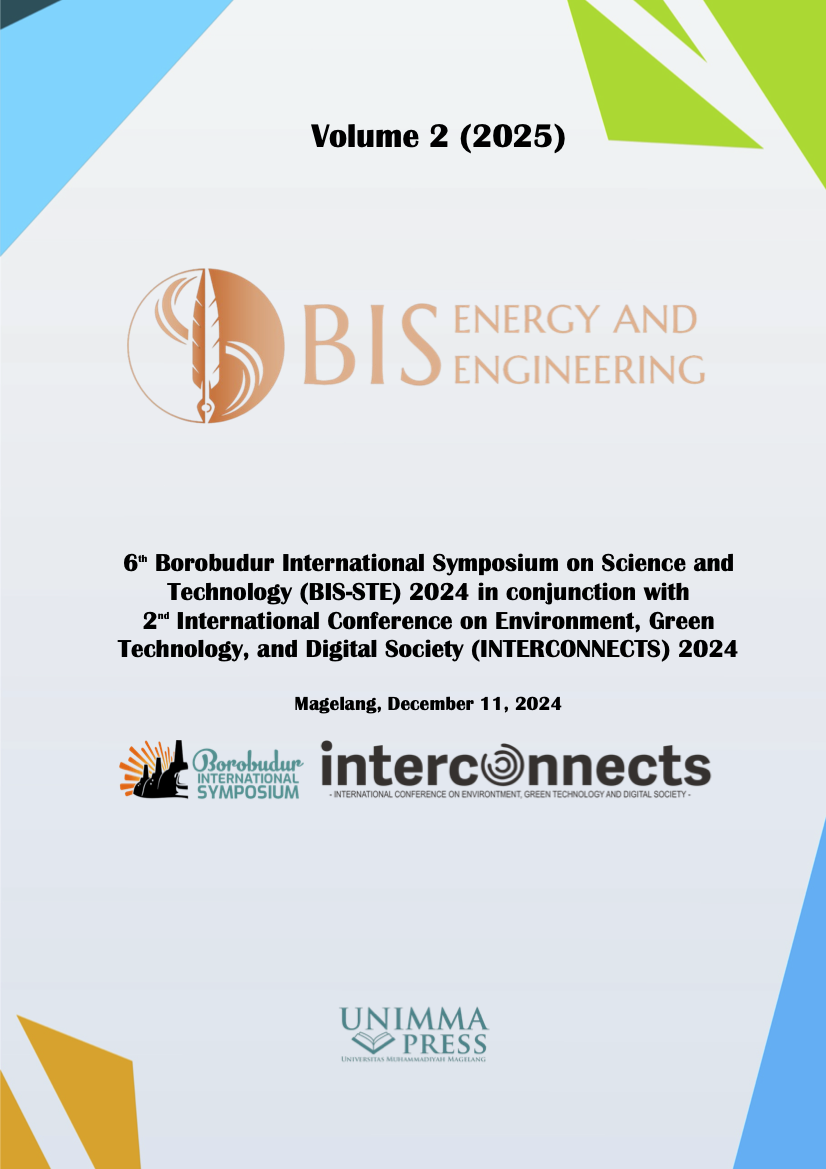Effect of ECU programmable reprogramming of 4-stroke motorcycle modified injection on engine performance with variations in injection timing, ignition timing and fuel type
Keywords:
Engine performance, Injection timing, Ignition timing, ECU, Engine performance, Injection timing, Ignition timing, ECUAbstract
This study investigates the impact of ECU reprogramming on the performance of 4-stroke motorcycle engines by varying injection timing, ignition timing, and fuel composition. Conducted at Teqleck Speedshop, the research used experimental methods to assess power, torque, and exhaust emissions under different fuel mixtures. The best emission results using pertalite fuel were achieved with a mixture of 80% pertalite and 20% ethanol, while the highest ethanol blend tested was 60% ethanol. For FirstX fuel, optimal emissions were obtained with a 40% FirstX and 60% ethanol mix, though a maximum blend of 80% ethanol was also tested. In terms of performance, the highest power output occurred at 40% ethanol with injection timing set at 100 and ignition timing at 20. Using this setup with pertalite resulted in a power increase of 16.51% (0.89 kW), while FirstX showed a slightly higher increase of 17.15% (0.94 kW). The highest torque was achieved with 60% pertalite and 40% ethanol at the same timing settings, showing a 12.04% gain (1 N·m). FirstX achieved a higher torque of 1.41 N·m (17.04%) at 40% FirstX and 60% ethanol. Overall, pertalite-ethanol blends offered better balance in power and torque compared to FirstX-ethanol combinations.
References
[1] Hasan Maksum, et al, 2012. Fuel Motor Technology. Padang: UNP Press
[2] Jama, Jalius & Wagino. (2007). Motorcycle Technology Volume 1: Directorate of Vocational Development.
[3] Solikin, 2005. Fuel Injection System of Gasoline Motorcycle. Yogyakarta: Kampong Ilmu.
[4] Sugiyono, 2012. Administrative Research Methods equipped with R&D Methods Bandung: Alfabeta.
[5] Sutiman, 2005. Electronic Control System Module. Department of Automotive Engineering Education UNY
[6] Widoyoko, Eko Putro, 2016.Research Instrument Preparation Technique.Yogyakarta. Student Library.
[7] Wahyu, D.H. 2013. Fuel System on Motorcycle. Yogyakarta: Javalitera. Selamat, W and Alimin 2010. Journal. Fuel Injection Duration Control System In a 4-Stroke Engine Using Fuzzy Logic. Proceedings, SENTA 2016 Vol (8). PP. 19-22.
[8] Suharsimi Arikunto. (2010). Research Management. Jakarta: Rineka Cipta.
[9] Al Fikri, M. M. (2019). Analysis of Electrical Fuel Injection (EFI) Working System on Honda CBR 150 Motorcycle. Majamecha, 1(1), 36-47.
[10] Muhammad Aulia Afwan, Winarno Dwi Rahardjo(.2020) EFFECT OF USING STANDARD ECU AND JUKEN ECU WITH VARIATION OF INJECTOR ON TORSI AND POWER OF YAMAHA MOTOR CYCLE V-IXION.journal of automotive engineering education, semarang state university,26-30 Automotive Science and Education Journal (unnes.ac.id)
[11] Wahyudi, N. 2016. Experimental Study of the Effect of Variations in Injector Angle Changes in the EFI System on 4-Step Motor Performance. Journal of Electrical Electronic Control and Automotive Engineering (JEECAE).
Downloads
Published
Conference Proceedings Volume
Section
License

This work is licensed under a Creative Commons Attribution-NonCommercial 4.0 International License.

